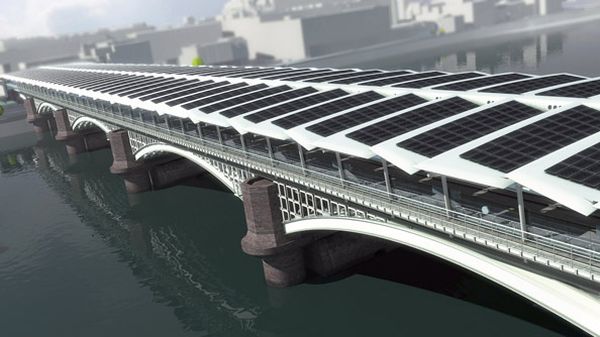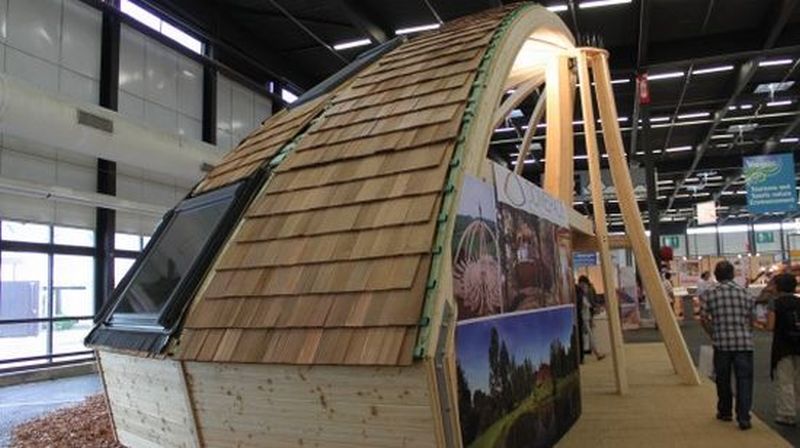
The reliance of the world on solar energy is increasing, let apart other renewable sources (presently, sunlight is the most common renewable energy that is currently being used). This has become almost compulsory as the excessive use of conventional energy sources has lead to global warming, dwindling sources and deposits of fossil fuels and an ever toughening energy crunch. Solar energy has found its application in almost all kinds of products. There are solar phones, solar laptops, solar refrigerators, solar energy powered cars and now we have a station which would feed itself by the power harnessed by a solar bridge. Let’s have a look at the world’s largest solar bridge.
The mega structure
Bridges and stations are one of the most crucial and business generating parts of urban infrastructures. Unfortunately, they are also among the prime consumers of fuel and probably places, which see gushes of energy being blown into the air regularly. Today there is flamboyant pressure on countries to reduce their greenhouse gas emissions and also energy consumption. So the natural focus would be places like this, better not to talk about automobiles (personally, I believe there is no auto company left in the world which is not crunching its minds into presenting green things on the roads. Roads, bridges and stations now wait to face the same destiny). Well, London is all set to become the role model in this aspect for it will house the world’s largest solar bridge.
Come 2012, and the city will have a brand new station or rather a renovated station that completely resembles a brand new one at Blackfriars across the river Thames. The station promises to be powered by the sun’s energy. The station at Blackfriars was constructed way back in 1884 and is long overdue for a makeover. The project in hand is potentially huge and will demand an equally huge expenditure of £5.5 billion. It is being totally accredited to Network rails and has been appropriately named the Thameslink project. Now, this is a great move when 2012 Olympics are just on the cards. The city will view a huge addition to its population and a surge in its energy consumption. The number of daily commuters would drastically increase and hence the energy requirement would enhance by leaps.
There are 100 bridges, six public ferries and 20 tunnels that go over the river. However, the Blackfriars station will stand out as it will be the only one to be powered by solar panels. When the project is complete the station be adorned by better features and facilities. Longer trains, increased rail traffic, greater accessibility to rail routes will be some of them. As a toasting example, almost 24 trains will trace the route from Bedford to Brighton via London in an hour.
What makes it mega?
The company backing this project is Solar Century. As for the introductions to this name, Solar Century is an important name in the solar energy panorama that is expanding at a head spinning rate. SANYO Electric Co. Ltd, of the Panasonic flag-ship, will also be involved in this Project as it will produce high efficiency solar modules for the bridge.
The solar powered bridge when complete will generate a whopping 9,00,000 kwh of electric energy. The whole module goes somewhat like this – there would be 6,000 square metres of expanse between the Blackfrairs station and the Victorian Bridge which is to be covered entirely by solar panels. On completion, the bridge would be capable enough to support 50% energy requirements of the station, even when it buzzes with activity the most. The requirement to elongate the station’s deck would not be much, only a staggering statistic of 14,000 tons of new material.
Eco credentials
Coming to the most important part, the eco-friendliness of the bridge. Well, the most obvious thing is that the bridge will produce green energy and hence contribute towards a much strived for ‘lower carbon footprint’. The expected reduction in carbon emission lies in the scale of 511 tons.
The bridge has been overlaid by 4,400 solar panels. Besides, the project would also include setting up of rain water harvesting system and solar pipes in the station to add to the green aspect.




